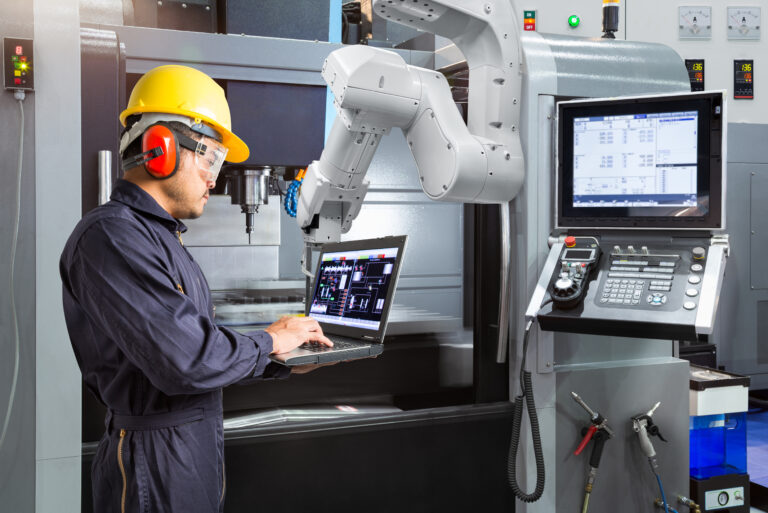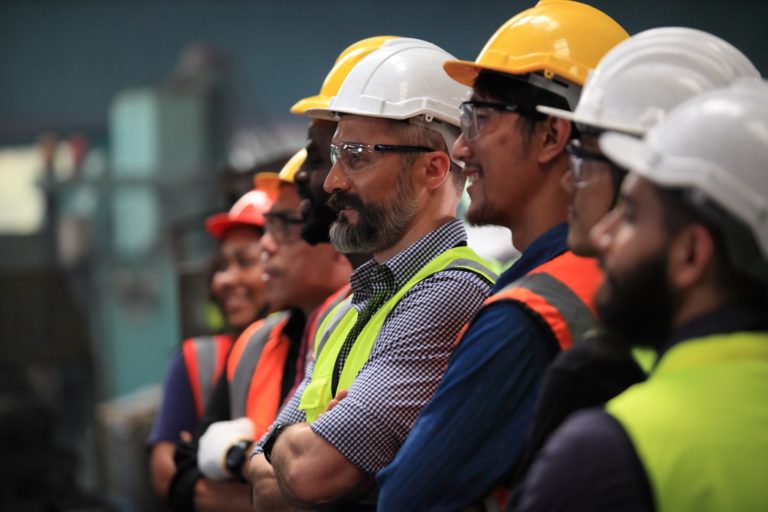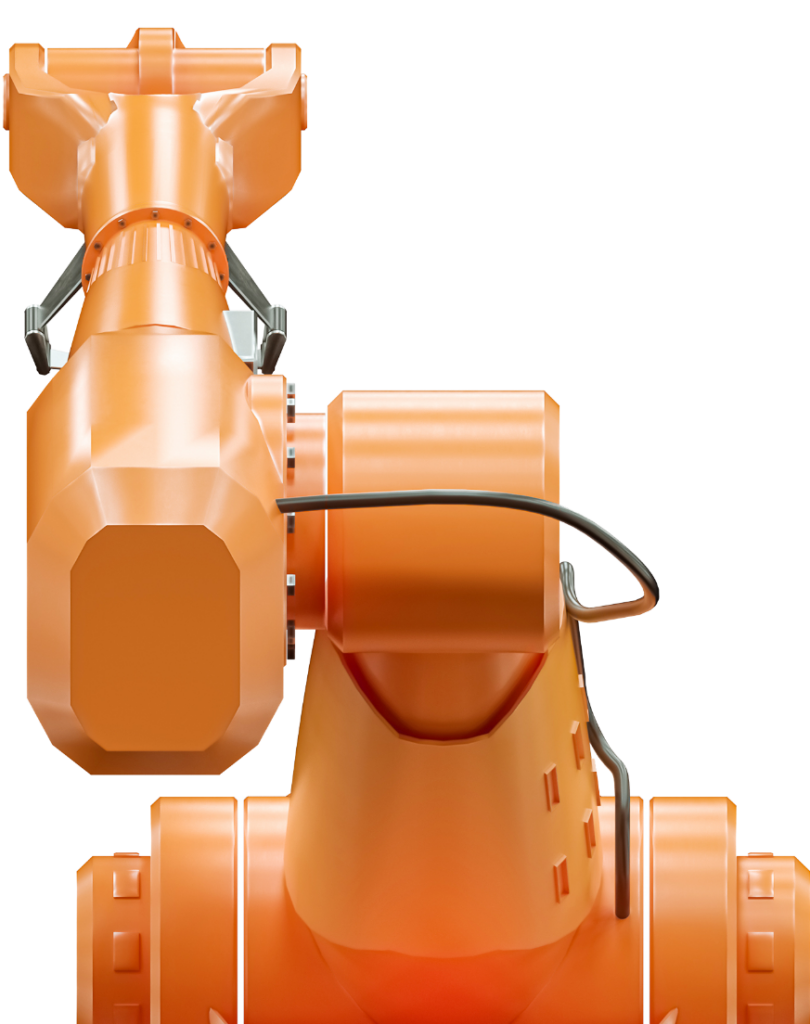As the country shifts toward normalcy with the COVID-19 pandemic waning, unemployment rates are declining. But business owners across the country face the challenge of finding enough workers to meet increasing demand.
The U.S. jobs report for April, released on May 7th, was a shocking disappointment. While many experts anticipated (and hoped) that employers would have added nearly one million jobs, the count was a relatively low 266,000—down substantially from the 770,000 gain in March.
Why were so few jobs added in April?
One explanation is that the pandemic’s shock to the economy was so severe that it became unrealistic to expect a smooth recovery. Also, the pandemic caused a restructuring of the economy as businesses, employees, and customers adapted to the new normal it created. Others believe that the speed and strength of the recovery are contributing factors in and of themselves.
As consumer confidence has returned, many companies report rising demand as Americans release bottled-up desires to shop, eat out, and even travel. Sales of vehicles and houses continue to increase as the economy rebounds faster than expected. Many businesses have been blindsided by the recovery speed, causing shortages of parts, raw materials—and labor.
Why are companies finding it so difficult to hire workers?

There are likely multiple answers to this question. First off, many people avoided looking for work in April because they were afraid of becoming infected by the coronavirus. Women, in particular, stopped searching because of the disruptions in school schedules and child care. The construction and manufacturing industries were adversely affected by a shortage of parts caused by congested supply chains, and, as a result, hiring was slow in both sectors in April.
Some companies complain that the $300-a-week federal unemployment benefit in President Biden’s $1.9 trillion rescue package provides many unemployed people with more income than they would receive from their former jobs.
One staffing agency in Fort Worth, Texas, reports that job seekers often turn down offers that pay less than receiving unemployment benefits. But they indicate that health concerns are also a factor, explaining that jobs allowing working from home have been filled quickly.
Will hiring remain slow in the coming months?
In the absence of a crystal ball, most economists predict the slow hiring figures of April will be temporary. The average workweek increased last month, indicating that companies ask their employees to work more hours and probably need to add workers soon.
Another positive sign: the number of first-time applications for unemployment aid has dropped steadily in the past month. And around 750,000 people have rejoined the workforce in the last two months.
Are the unemployed avoiding jobs for the $300 federal benefit?
Many of those unemployed indicate that the extra benefit helps them take more time to find a better job than they had previously. But that is creating problems for business owners, many of whom need to hire immediately. The recent surge in customer demand presents these companies with an opportunity to acquire new customers or increase their market share.
Another case for the federal benefit’s effect on the unemployed is that in states with higher unemployment benefits, those without jobs are less likely to want to return to work than those who live in states that have fewer unemployment benefits.
For now, everyone will anticipate May’s jobs report and a return to more robust hiring numbers.
Partner with the experts in manufacturing and industrial automation solutions
Industrial automation can help bolster the labor shortage for manufacturing industries. Cobots and other robotic arms, for example, can be programmed to perform many of the tasks humans can do. Force Design can introduce you to an array of automation options, from robotic applications and weld fixture design to gages and testing equipment. With over 20 years of automation experience, we can find solutions for your specific business needs. If we can help, get in touch!



